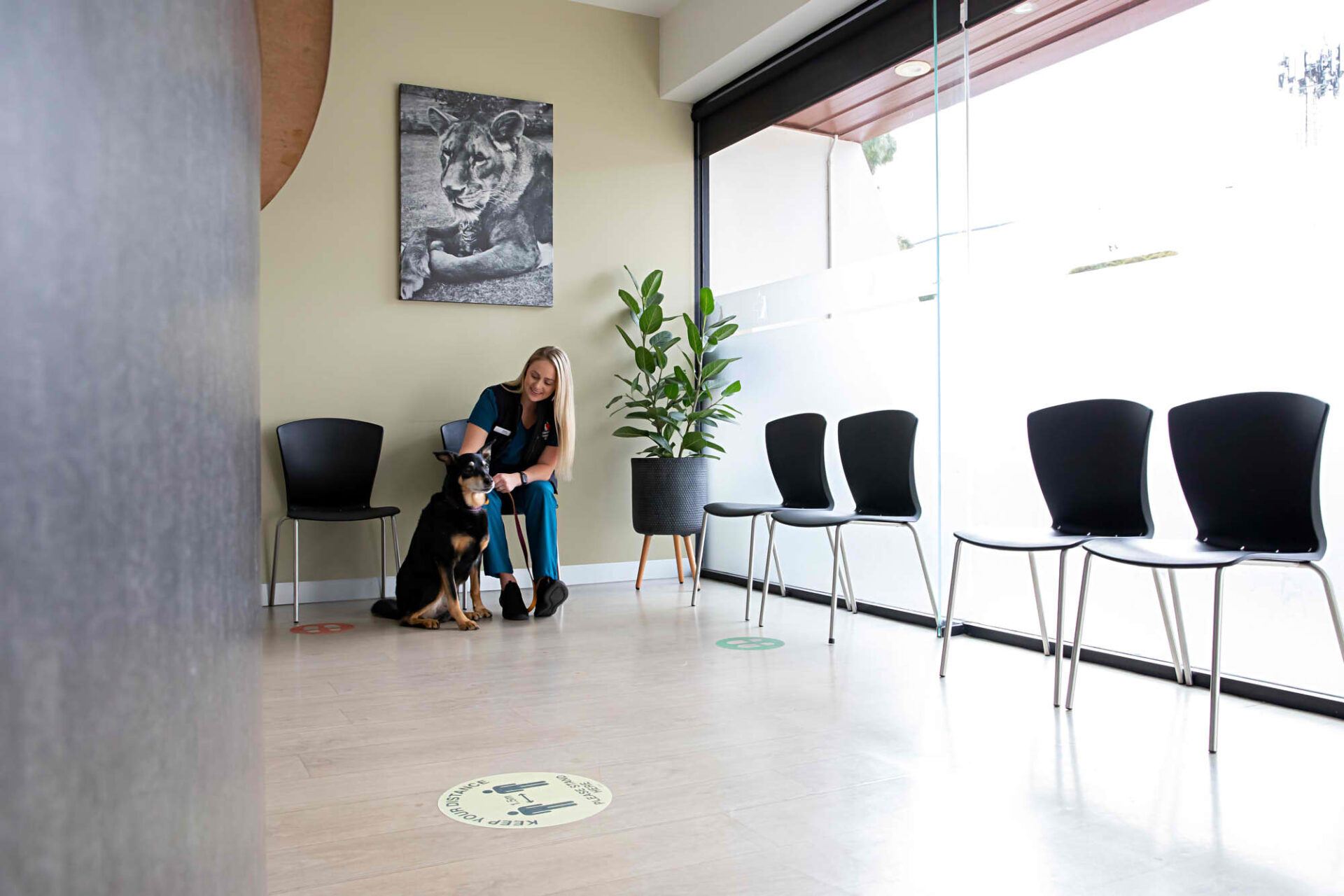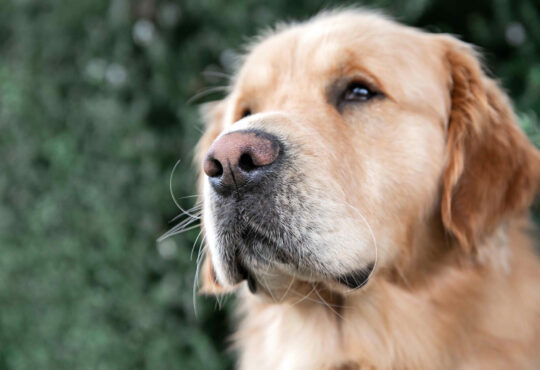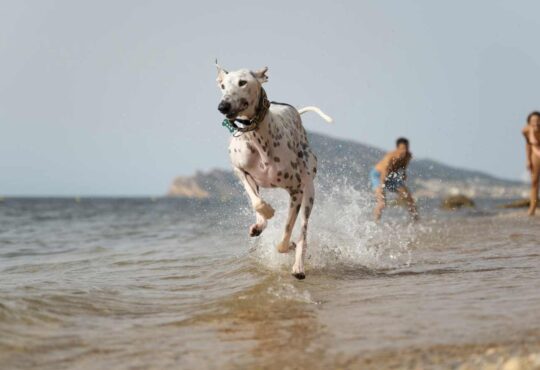The cruciate ligaments are two fibrous bands that connect the femur and tibia in the stifle (knee) joint. These two ligaments form a cross and are called the cranial cruciate ligament (CrCL) and caudal cruciate ligament - both are crucial for stabilising the stifle.
A rupture or tear of the CrCL is the most common stifle injury occurring in dogs. This is equivalent to an ACL (anterior cruciate ligament) tear in humans. This injury causes instability of the stifle and can be extremely painful, resulting in lameness and often refusal to weight bear (holding the injured leg up).
What Causes a CrCL rupture?
There a two commonly considered causes of CrCL ruptures; (1) trauma and (2) degeneration.
A traumatic rupture can occur in dogs, typically, due to a sudden direction change when running. Motions, such as this, can place excessive shearing and rotational forces on the cruciate ligaments leading to a CrCL rupture.
Degeneration is associated with chronic weakening of the cruciate ligament which can be a consequence of ongoing damage, arthritic disease, or genetics. This can cause minor or partial tears to the CrCL, which can then progress into a complete rupture over time.
It is important to note that pre-existing stifle conditions, such as a luxating patella, can predispose the dog to a CrCL rupture. Additionally, the rupture of the CrCL in one leg predisposes the CrCL in the other leg to a potential rupture.
Diagnosis
A CCL tear or complete rupture can be diagnosed during a consultation with one of our veterinarians. Specific manipulations of the stifle joint are required for diagnosis, as listed below.
- Cranial “Drawer” Test
- Tibial Thrust Test
- Forced extension of the joint
Whilst this can often be performed during a normal consultation, it is important to note that some dogs may require sedation for proper assessment of the joint, as this can be a painful procedure if the joint is quite inflamed.
Intervention
There a several interventions possible to help manage and/or resolve a CCL rupture – a consultation with any one of our veterinarians can help you determine the best course of action for both you and your dog.
Strict exercise restriction
In cases of partial CCL tears, strict rest with a gradual return to normal activity, along with pain relief and anti-inflammatories, can potentially resolve the lameness in smaller dogs (<10kg). It is important to note that a partial tear does predispose the dog to a full CCL rupture in the future.
Weight loss and management
It is of utmost importance that your pet maintains a healthy weight. Excessive weight and obesity not only predispose your pet to a CrCL injury, it may also hinder their recovery. Ensure you are feeding your pet according to feeding guidelines and for their ideal weight. Take care not to feed too many treats and if given, reduce their meals accordingly.
Surgical intervention
Depending on the size of your dog, your vet may recommend either an extracapsular repair (ECR) or a tibial plateau levelling osteotomy (TPLO).
An ECR involves placing an artificial ligament to stabilise the injured stifle and prevent abnormal movement of the joint.
A TPLO involves realigning the surface of the tibia to achieve joint stability. This approach typically achieves normal mobility by 10 weeks postoperatively and is recommended for larger and more active dogs.
We offer in-house surgical repairs with our principal veterinarian, Dr. Adam Stefani, who has decades of clinical and orthopaedic experience dealing with CCL injuries and gold-standard surgical procedures.
For more information on ECR surgery, please see our article here.
For more information on TPLO surgery, please see our article here.


